French Doors Installed Improperly???
ohmmm_gw
14 years ago
Related Stories

BATHROOM DESIGNShould You Install a Urinal at Home?
Wall-mounted pit stops are handy in more than just man caves — and they can look better than you might think
Full Story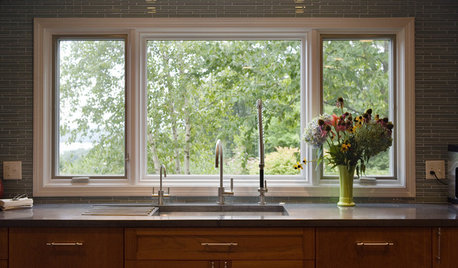
WINDOWSContractor Tips: How to Choose and Install Windows
5 factors to consider when picking and placing windows throughout your home
Full Story
GREAT HOME PROJECTSHow to Install Energy-Efficient Windows
Learn what Energy Star ratings mean, what special license your contractor should have, whether permits are required and more
Full Story
DOORS5 Questions to Ask Before Installing a Barn Door
Find out whether that barn door you love is the right solution for your space
Full Story
BEDROOMSRoom of the Day: French Wall Mural Dazzles in a Chic Bedroom
Eliminating an unused door freed up wall space for a stunning re-creation of an 18th-century French portrait
Full Story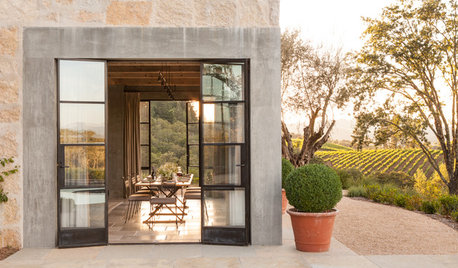
RUSTIC STYLEHouzz Tour: A California Country Home With a French Accent
A new house mixes modern touches with the timeless beauty of stone walls, rustic doors, old olive trees — and vineyards all around
Full Story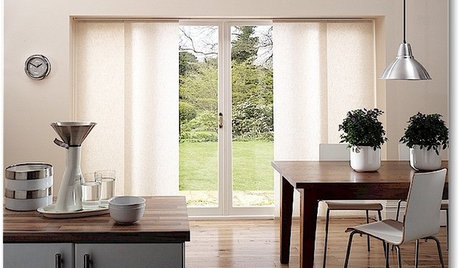
DOORSThe Art of the Window: 12 Ways to Cover Glass Doors
Learn how to use drapes, shutters, screens, shades and more to decorate French doors, sliding doors and Dutch doors
Full Story
HOUZZ TOURSMy Houzz: French Colonial Mansion in India
A businessman's gracious, expansive beach house welcomes a host of international visitors
Full Story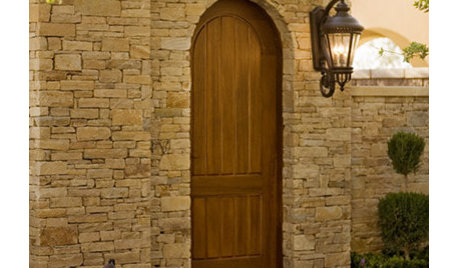
DOORSPortal to Elegance: Radius Doors
Give any home a regal feel by installing a door with an arched or elliptical top
Full Story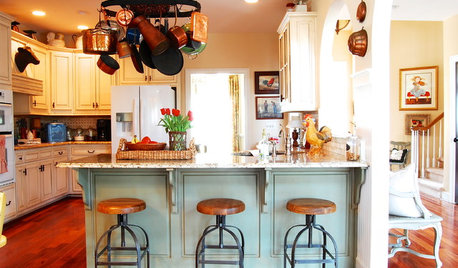
HOUZZ TOURSMy Houzz: French Country Meets Southern Farmhouse Style in Georgia
Industrious DIYers use antique furniture, collections and warm colors to cozy up their traditional home
Full Story





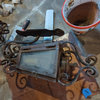


joed
User
Related Professionals
Calverton Kitchen & Bathroom Remodelers · Cleveland Kitchen & Bathroom Remodelers · Oceanside Kitchen & Bathroom Remodelers · Wilson Kitchen & Bathroom Remodelers · Amarillo General Contractors · Chillicothe General Contractors · Ewing General Contractors · Henderson General Contractors · Medford General Contractors · Valley Station General Contractors · El Monte Painters · Ossining Painters · Rye Painters · South Valley Painters · Yorba Linda Paintersohmmm_gwOriginal Author
energy_rater_la
ohmmm_gwOriginal Author
jemdandy